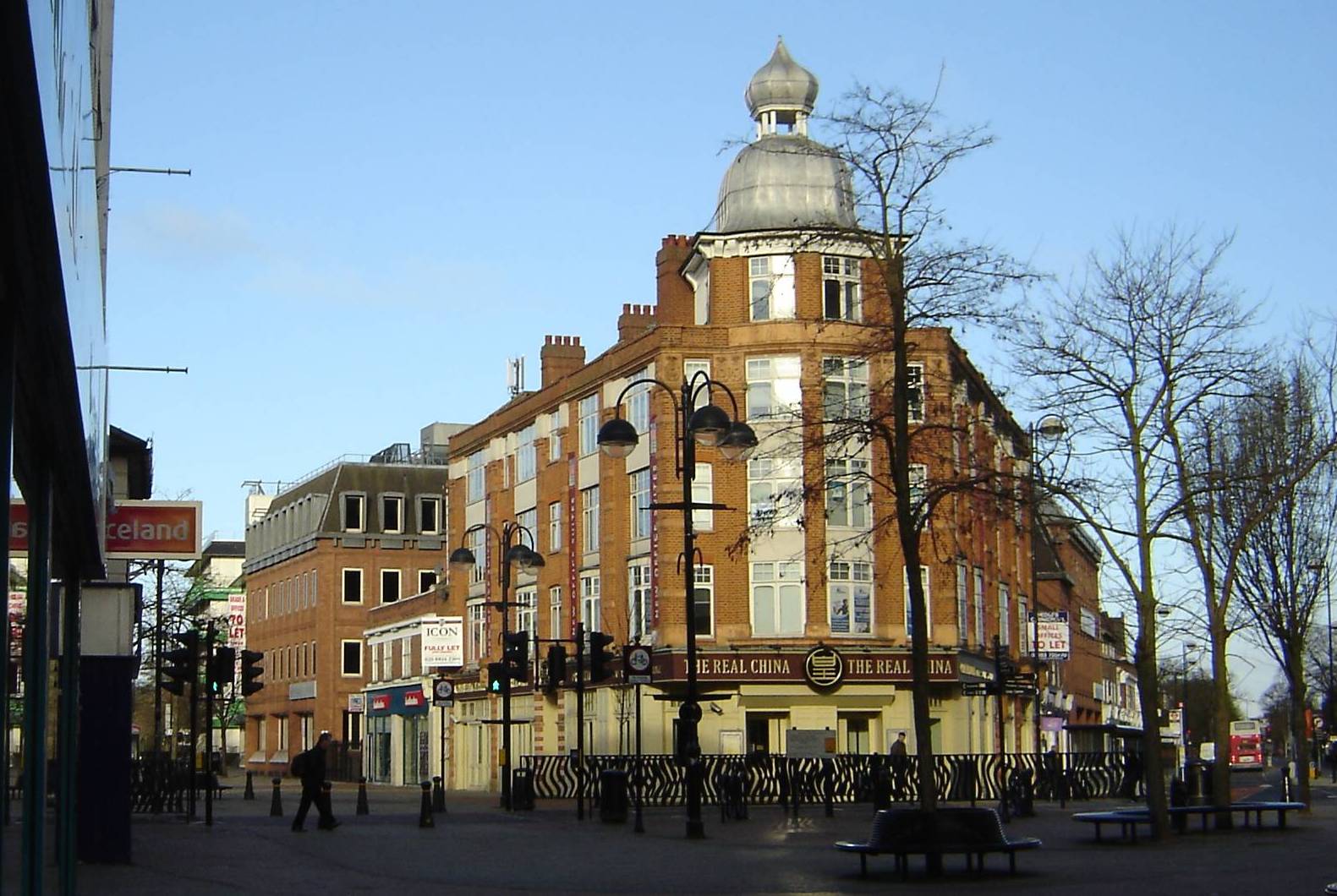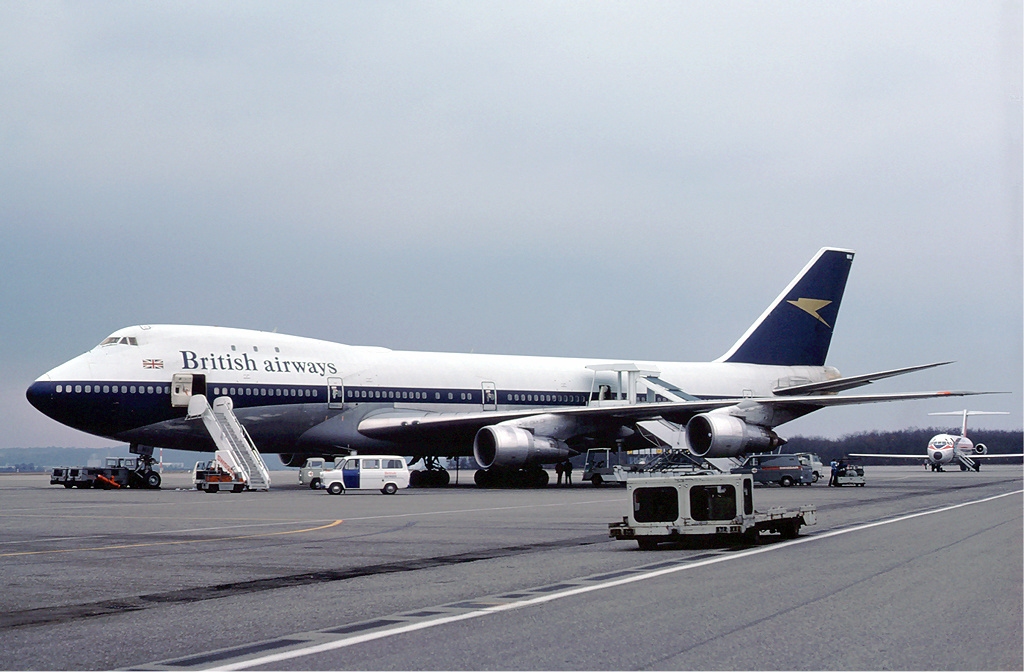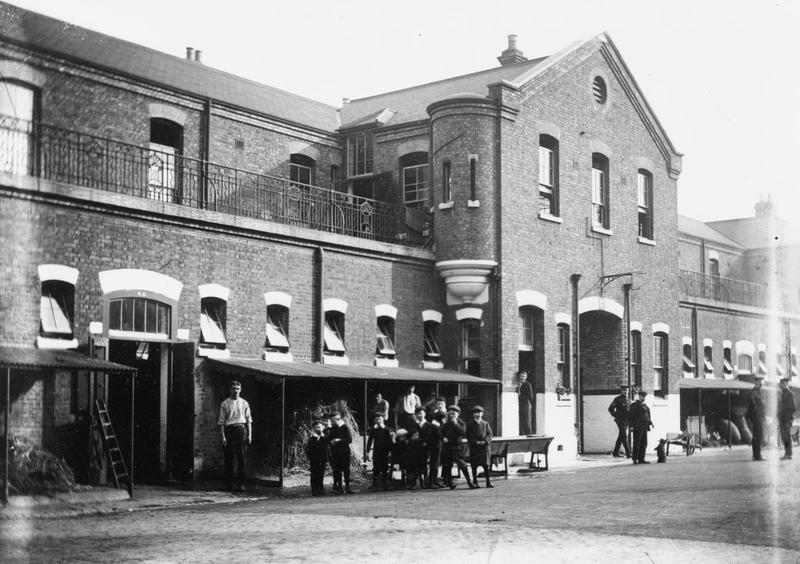|
Beavers Lane Camp
Beavers Lane Camp, Hounslow, London is a former camp of the British Army; it was originally built as an extension to the Cavalry Barracks, Hounslow and was also known as I.T. (Infantry Training) Centre, Hounslow. History The camp was built on of farmland belonging to Millers Farm. The site was acquired in 1939; on 2 January 1940 construction began on hutted accommodation for 7 field officers, 28 junior officers, 35 WOs and Sergeants, and 1,056 other ranks. This included provision for around 150 women of the ATS. The building work was undertaken by G. E. Wallis & Sons. In addition to accommodation, the site included regimental offices and stores, training rooms, workshops, a Regimental Institute, Officers' Mess, Church Room, Gymnasium and all sorts of ancillary facilities. Several of the former farm buildings were adapted for use as Motor Transport sheds. During the Second World War, the camp was initially occupied by the 2nd Battalion the Welsh Guards (from 1939), which functi ... [...More Info...] [...Related Items...] OR: [Wikipedia] [Google] [Baidu] |
Hounslow
Hounslow () is a large suburban district of West London, west-southwest of Charing Cross. It is the administrative centre of the London Borough of Hounslow, and is identified in the London Plan as one of the 12 metropolitan centres in Greater London. It is bounded by Isleworth to the east, Twickenham to its south, Feltham to its west and Southall to its north. Hounslow includes the districts of Hounslow West, Heston, Cranford and Heathrow. Although most of the district lay within the London Borough of Hounslow, some parts fall within the London Borough of Richmond upon Thames and the London Borough of Hillingdon including Heathrow Airport. Most of Hounslow, including its Town Centre, the area south of the railway station and the localities of Lampton and Spring Grove, falls under the TW3 postcode. The TW4 postcode is made up of Hounslow West and parts of Cranford, whilst the TW5 postcode includes Heston and Cranford. Heathrow Airport and parts of Hatton comprise t ... [...More Info...] [...Related Items...] OR: [Wikipedia] [Google] [Baidu] |
Royal Corps Of Signals
The Royal Corps of Signals (often simply known as the Royal Signals – abbreviated to R SIGNALS or R SIGS) is one of the combat support arms of the British Army. Signals units are among the first into action, providing the battlefield communications and information systems essential to all operations. Royal Signals units provide the full telecommunications infrastructure for the Army wherever they operate in the world. The Corps has its own engineers, logistics experts and systems operators to run radio and area networks in the field. It is responsible for installing, maintaining and operating all types of telecommunications equipment and information systems, providing command support to commanders and their headquarters, and conducting electronic warfare against enemy communications. History Origins In 1870, 'C' Telegraph Troop, Royal Engineers, was founded under Captain Montague Lambert. The Troop was the first formal professional body of signallers in the British Army and ... [...More Info...] [...Related Items...] OR: [Wikipedia] [Google] [Baidu] |
Installations Of The British Army ) or political one
{{disambig ...
Installation may refer to: * Installation (computer programs) * Installation, work of installation art * Installation, military base * Installation, into an office, especially a religious (Installation (Christianity) Installation is a Christian liturgical act that formally inducts an incumbent into a new role at a particular place such as a cathedral. The term arises from the act of symbolically leading the incumbent to their stall or throne within the cathedra ... [...More Info...] [...Related Items...] OR: [Wikipedia] [Google] [Baidu] |
Industrial Park
An industrial park (also known as industrial estate, trading estate) is an area zoned and planned for the purpose of industrial development. An industrial park can be thought of as a more "heavyweight" version of a business park or office park, which has offices and light industry, rather than heavy industry. Industrial parks are notable for being relatively simple to build; they often feature speedily erected single-space steel sheds, occasionally in bright colours. Benefits Industrial parks are usually located on the edges of, or outside, the main residential area of a city, and are normally provided with good transportation access, including road and rail. One such example is the large number of industrial estates located along the River Thames in the Thames Gateway area of London. Industrial parks are usually located close to transport facilities, especially where more than one transport modes coincide, including highways, railroads, airports and ports. Another commo ... [...More Info...] [...Related Items...] OR: [Wikipedia] [Google] [Baidu] |
British Airways
British Airways (BA) is the flag carrier airline of the United Kingdom. It is headquartered in London London is the capital and List of urban areas in the United Kingdom, largest city of England and the United Kingdom, with a population of just under 9 million. It stands on the River Thames in south-east England at the head of a estuary dow ..., England, near its main Airline hub, hub at Heathrow Airport. The airline is the second largest UK-based carrier, based on fleet size and passengers carried, behind easyJet. In January 2011 BA merged with Iberia (airline), Iberia, creating the International Airlines Group (IAG), a holding company registered in Madrid, Spain. IAG is the world's third-largest airline group in terms of annual revenue and the second-largest in Europe. It is listed on the London Stock Exchange and in the FTSE 100 Index. British Airways is the first passenger airline to have generated more than US$1 billion on a single air route in a year (from 1 Apr ... [...More Info...] [...Related Items...] OR: [Wikipedia] [Google] [Baidu] |
RAF Northolt
("Ready to carry or to fight") , pushpin_map = Greater London , pushpin_label = RAF Northolt , pushpin_map_caption = Shown within Greater London , coordinates = , type = Royal Air Force station , code = , site_area = , height = , ownership = Ministry of Defence , operator = Royal Air Force , controlledby = No. 2 Group (Air Combat Support) , condition = , built = , builder = , used = 1915–present , materials = , fate = , battles = , events = , current_commander = , past_commanders = , garrison = , occupants = * No. 32 (The Royal) Squadron * No. 63 Squadron RAF Regiment * No. 600 Squadron (RAuxAF) * No. 38 Expeditionary Air Wing * HQ RAF Music Services * Central Band of the RAF * Band of the Royal Air Force Regiment * 621 Explosive Ordnance Disposal Squadron * British Forces Post Office * No. 1 Aeronautical Information Documents Unit * Service Prosecution Authority , open_to_public = , website = , IATA =NHT , ICAO =EGWU , FAA = , TC = , LID ... [...More Info...] [...Related Items...] OR: [Wikipedia] [Google] [Baidu] |
Bomb Disposal
Bomb disposal is an explosives engineering profession using the process by which hazardous Explosive device, explosive devices are rendered safe. ''Bomb disposal'' is an all-encompassing term to describe the separate, but interrelated functions in the military fields of explosive ordnance disposal (EOD) and improvised explosive device disposal (IEDD), and the Public security, public safety roles of public safety bomb disposal (PSBD) and the bomb squad. History The first professional civilian bomb squad was established by Sir Vivian Dering Majendie. As a Major in the Royal Artillery, Majendie investigated an explosion on 2 October 1874 in the Regent's Canal, when the barge 'Tilbury', carrying six barrels of petroleum and five tons of gunpowder, blew up, killing the crew and destroying Macclesfield Bridge and cages at nearby London Zoo. In 1875, he framed The Explosives Bill (proposed law), Act, the first modern legislation for explosives control. He also pioneered many bomb d ... [...More Info...] [...Related Items...] OR: [Wikipedia] [Google] [Baidu] |
Royal Army Ordnance Corps
The Royal Army Ordnance Corps (RAOC) was a corps of the British Army. At its renaming as a Royal Corps in 1918 it was both a supply and repair corps. In the supply area it had responsibility for weapons, armoured vehicles and other military equipment, ammunition and clothing and certain minor functions such as laundry, mobile baths and photography. The RAOC was also responsible for a major element of the repair of Army equipment. In 1942 the latter function was transferred to the Royal Electrical and Mechanical Engineers (REME) and the vehicle storage and spares responsibilities of the Royal Army Service Corps were in turn passed over to the RAOC. The RAOC retained repair responsibilities for ammunition, clothing and certain ranges of general stores. In 1964 the McLeod Reorganisation of Army Logistics resulted in the RAOC absorbing petroleum, rations and accommodation stores functions from the Royal Army Service Corps as well as the Army Fire Service, barrack services, sponsors ... [...More Info...] [...Related Items...] OR: [Wikipedia] [Google] [Baidu] |
Regent's Park Barracks
The Regent's Park Barracks, commonly known as the Albany Street Barracks, is a British Army barracks located on Albany Street, London, near Regent's Park. History The barracks were constructed in 1820-1821 as cavalry barracks for the Life Guards and the Royal Artillery as part of John Nash's original design for Regent's Park. Nash had originally intended the barracks to be situated in the northern area of the park, well away from the residential area, and separated from the rest of the park by Regent's Canal. However Nash's plan was not accepted in its entirety by the Crown with one of the changes involving a change in the location of the barracks to its present site. In 1848, the barracks were described in the ''Topographical Dictionary of England'': Originally designed to house 450 officers and men and 400 horses the barracks were almost entirely rebuilt between 1891 and 1893. The rebuilding followed the original general layout, and carried out under the supervision of Co ... [...More Info...] [...Related Items...] OR: [Wikipedia] [Google] [Baidu] |
Royal Electrical And Mechanical Engineers
The Corps of Royal Electrical and Mechanical Engineers (REME ) is a corps of the British Army that maintains the equipment that the Army uses. The corps is described as the "British Army's Professional Engineers". History Prior to REME's formation, maintenance was the responsibility of several different corps: * Royal Army Ordnance Corps—weapons and armoured vehicles * Royal Engineers—engineering plant and machinery, and RE motor transport * Royal Corps of Signals—communications equipment * Royal Army Service Corps—other motor transport * Royal Artillery—heavy weapons artificers During World War II, the increase in quantity and complexity of equipment exposed the flaws in this system. Pursuant to the recommendation of a Committee on Skilled Men in the Services chaired by William Beveridge, the Corps of Royal Electrical and Mechanical Engineers was formed on 1 October 1942. Phase I Such a major re-organisation was too complex to be carried out quickly and completely ... [...More Info...] [...Related Items...] OR: [Wikipedia] [Google] [Baidu] |
Royal Corps Of Transport
The Royal Corps of Transport (RCT) was a British Army Corps established to manage all matters in relation to the transport of men and material for the Army and the wider Defence community. It was formed in 1965 and disbanded in 1993; its units and trades were amalgamated into the Royal Logistic Corps. The Depot and Training Regiment RCT was at the former Buller Barracks in Aldershot garrison. History The corps was formed in 1965 from the transport (land, water and air) elements of the Royal Army Service Corps (RASC) and the movement control and transportation elements of the Royal Engineers (RE). The Royal Army Service Corps’ functions of supply and transport were separated. The RCT became responsible for transport including ships and launches. whilst supplies became the responsibility of the Royal Army Ordnance Corps. In 1993, following the Options for Change review, the Royal Logistic Corps (RLC) was formed by the amalgamation of The Royal Corps of Transport, the Royal Army Ordn ... [...More Info...] [...Related Items...] OR: [Wikipedia] [Google] [Baidu] |
Royal Military Police
The Royal Military Police (RMP) is the corps of the British Army responsible for the policing of army service personnel, and for providing a military police presence both in the UK and while service personnel are deployed overseas on operations and exercises. Members of the RMP are often known as 'Redcaps' because of the scarlet covers on their peaked caps and scarlet coloured berets. The RMP's origins can be traced back to the 13th century but it was not until 1877 that a regular corps of military police was formed with the creation of the Military Mounted Police, which was followed by the Military Foot Police in 1885. Although technically two independent corps, they effectively functioned as a single organisation. In 1926, they were fully amalgamated to form the Corps of Military Police (CMP). In recognition of their service in the Second World War, they became the Corps of Royal Military Police on 28 November 1946. In 1992, the RMP amalgamated into the Adjutant General's C ... [...More Info...] [...Related Items...] OR: [Wikipedia] [Google] [Baidu] |






